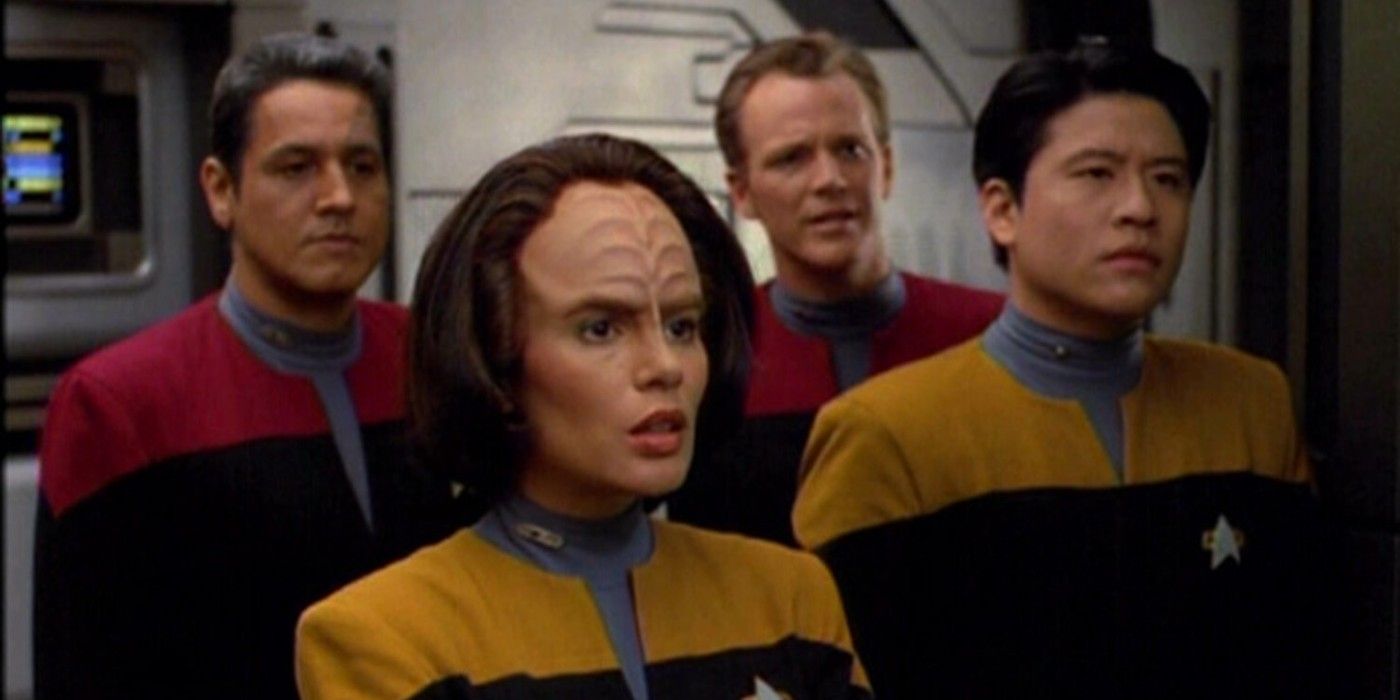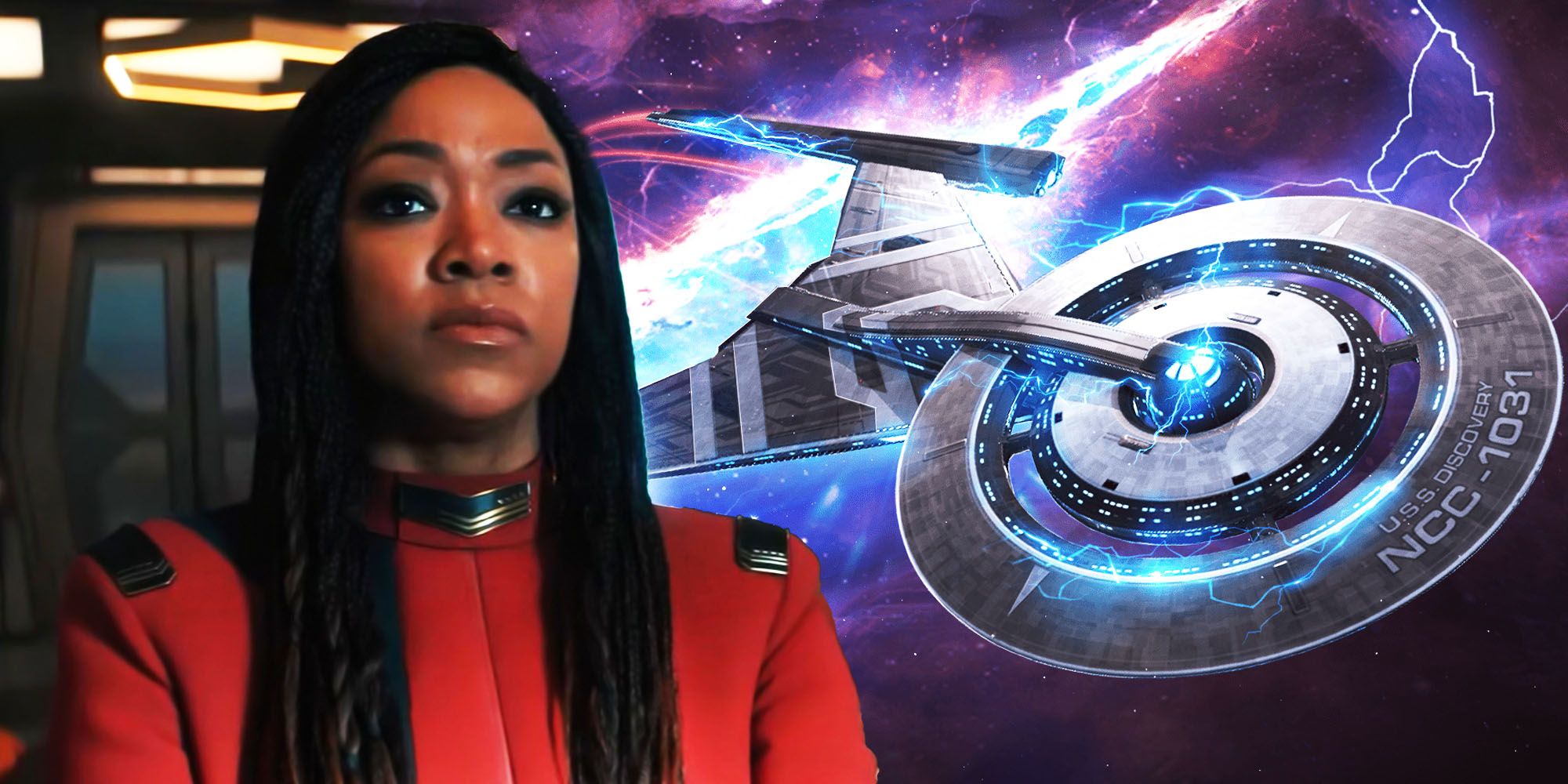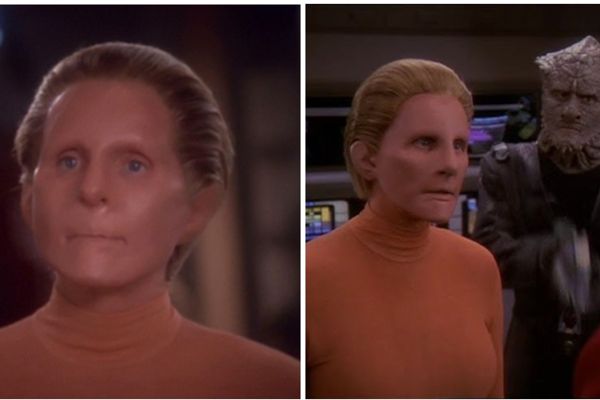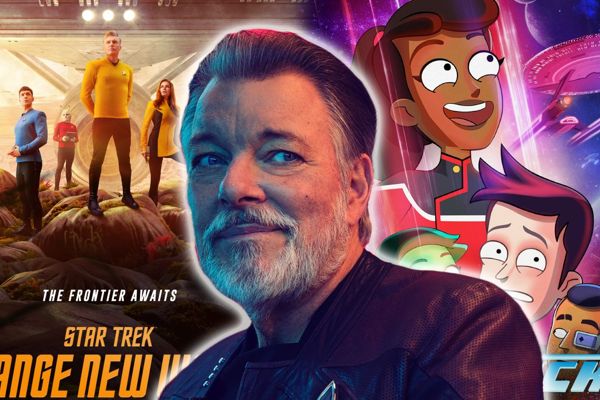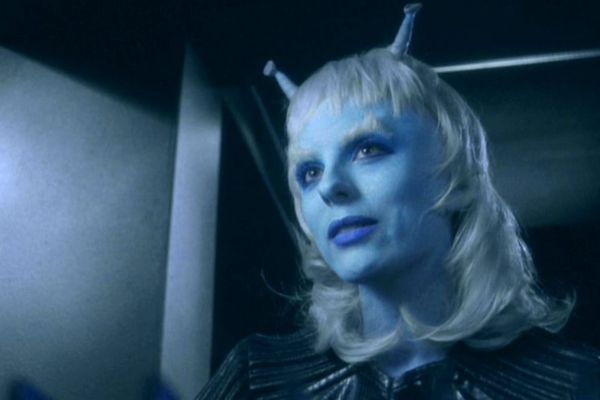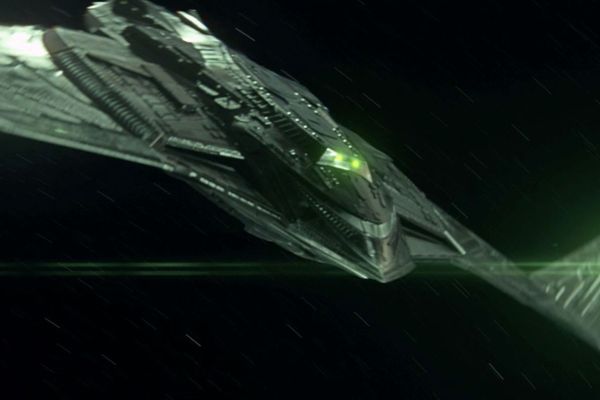
Learning from Voyager's Mistakes: The Storytelling of Star Trek: Voyager and Star Trek: Discovery

A comparison of the storytelling styles of Star Trek: Voyager and Star Trek: Discovery, and how they approached a similar storyline in their respective season 2s.
Introduction
The storytelling approach in the Star Trek franchise has evolved over the years, with notable differences between Star Trek: Voyager and Star Trek: Discovery. One of the key distinctions lies in how the two series structured their episodes and handled season-long plotlines. This article delves into the contrasting storytelling styles of Voyager and Discovery, examining a specific storyline from their respective season 2s to highlight the significant impact of their approaches on the narrative.
Chakotay (Robert Beltran), Tom Paris (Robert Duncan McNeill), B'Elanna Torres (Roxann Dawson), and Harry Kim (Garrett Wang) stand together in the USS Voyager's corridor and stare off-screen confusedly in Star Trek: Voyager.
Star Trek: Voyager, known for its episodic storytelling, often featured self-contained episodes with limited carryover of story elements. In contrast, Star Trek: Discovery embraced a serialized approach, allowing plot details to retain their relevance across multiple episodes and seasons. These differing styles are exemplified in how both series approached a similar storyline in their season 2 episodes. Voyager's 'Twisted' and Discovery's 'An Obol for Charon' offer valuable insights into the impact of storytelling structure on the development and resolution of a narrative.
Captain Michael Burnham (Sonequa Martin-Green) stares off-screen with the USS Discovery from Star Trek: Discovery in the background.
Voyager's Misstep: 'Twisted' and the Reset Button
Star Trek: Voyager's season 2, episode 6, 'Twisted,' presented a storyline involving a mysterious spatial anomaly that trapped the USS Voyager and left a massive amount of data in its computer banks. The episode, however, failed to capitalize on the intriguing concept, largely due to its episodic storytelling style. The reveal of the alien species' use of the anomaly as a form of communication came too late in the episode, leaving little room for exploration and resolution.
The lack of further exploration into the anomaly or the aliens who created it resulted in a poorly paced and confusingly structured episode. The data received from the anomaly was never discussed in detail, robbing the episode of the intrigue it initially held. Voyager's episodic nature, characterized by the 'reset button' storytelling, prevented the anomaly's data from becoming relevant in future episodes, cementing 'Twisted' as an underwhelming and forgettable entry in Voyager's canon.
Discovery's Success: Learning from Voyager's Mistakes
In contrast to Voyager, Star Trek: Discovery's serialized storytelling allowed for a more comprehensive exploration of a similar storyline. The episode 'An Obol for Charon' featured the USS Discovery encountering an ancient, sentient sphere that trapped the ship and imparted valuable knowledge. The serialized nature of Discovery's narrative enabled the storyline to extend across multiple episodes, leading to the creation of Zora, a sentient AI that became an integral part of the show's narrative.
Discovery's approach demonstrated a stark contrast to Voyager's handling of similar plotlines. By leveraging the serialized format, Discovery transformed what could have been a forgettable story into a compelling and enduring narrative element. The show's ability to learn from Voyager's mistakes and integrate the sphere data into its overarching plot exemplifies the impact of storytelling structure on narrative development and longevity.
